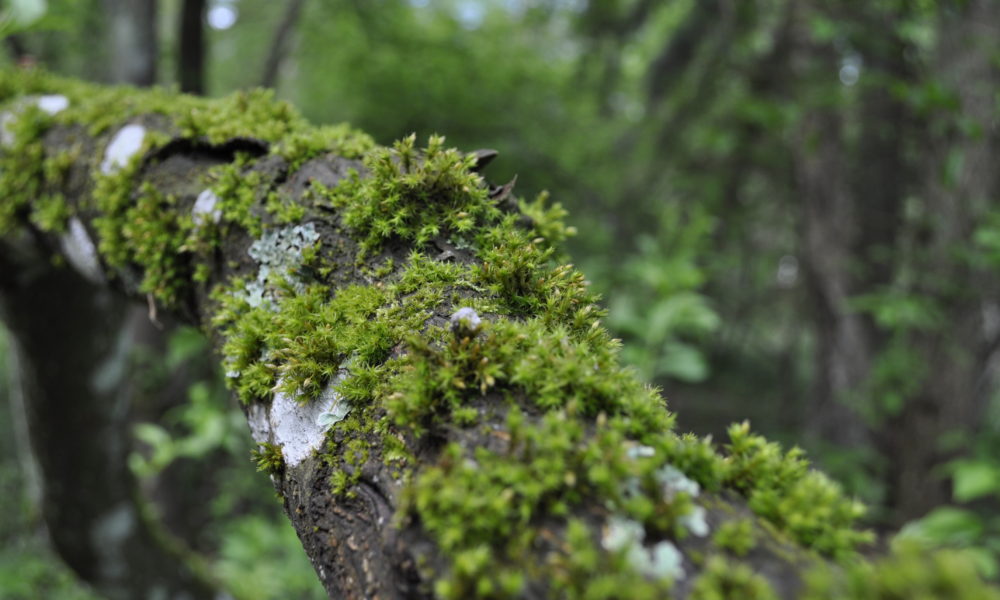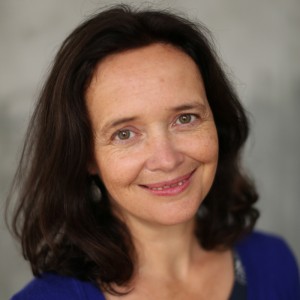Biophilic Design takes the concept of biophilia, love of life, and applies it to the built environment while specifically looking at the relationship between people and nature in our buildings and cities.
 At ILFI, we decided to make biophilic design a core strategy for us. In order to create a world full of living buildings and living communities, we need to fundamentally shift the approach that people have toward nature and restore the relationship. We need to transform the relationship we currently have, where people dominate nature, to be one where people and nature truly coexist and where people are part of nature. Our buildings can really be designed with that in mind.
At ILFI, we decided to make biophilic design a core strategy for us. In order to create a world full of living buildings and living communities, we need to fundamentally shift the approach that people have toward nature and restore the relationship. We need to transform the relationship we currently have, where people dominate nature, to be one where people and nature truly coexist and where people are part of nature. Our buildings can really be designed with that in mind.
Ultimately, biophilic buildings create spaces that are healthier and happier for people to be in. People tend to thrive and be more productive around nature. When they’re able to see the patterns of light through the day or what the weather is like, they have a greater sense of inner-calm and an ability to be at their best.
What I also see in biophilic design projects is the real intent to create a variety of spaces that allow for different types of learning or different types of working. One of the things we’ve learned from working at the Bullitt Center is that providing an extra space in our lobby which was previously a pass-through space that’s intentionally designed to create different types of spaces for people – a sofa for people to work, an area for different types of conversations, places for people to be quiet, places for people to be active. We created spaces to foster a dynamic and creative environment.
Fundamentally, biophilic design should be fun. I think it brings back the fun of creativity into how we create buildings for people to thrive. This concept hasn’t really been prevalent in how we think about the design of buildings.



